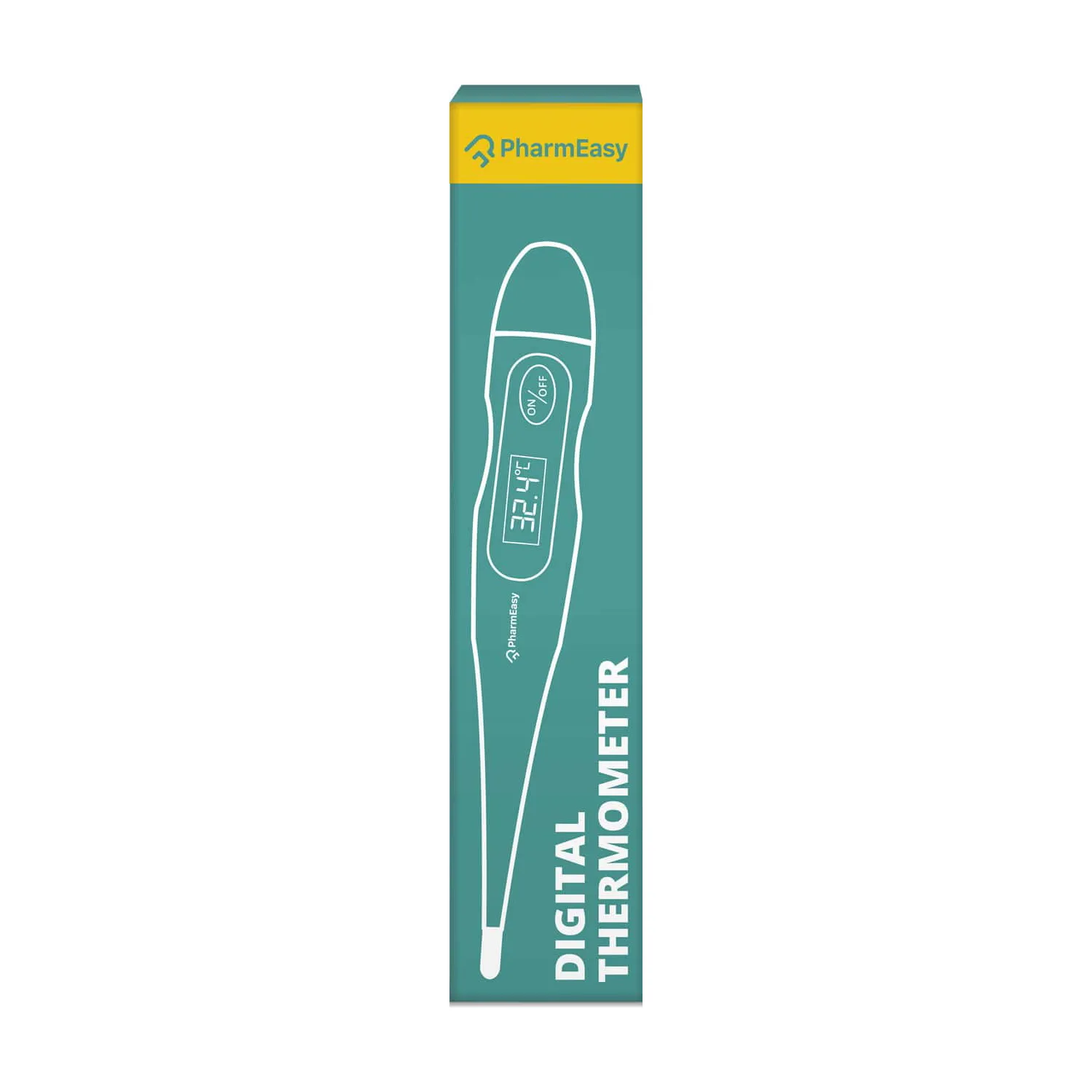A thermometer is an essential medical tool that should always be carried around in a first aid bag, whether it be at home, work, school, a college, or a healthcare facility. Using a thermometer, you can determine if a patient, yourself, or a loved one is feverish. Fever can be a sign of a number of illnesses, including infections, autoimmune diseases, dengue, malaria, and gastrointestinal tract infections. Your doctor can make an accurate diagnosis and track your recovery by keeping track of your temperature and recording it. This will assist the doctor understand the pattern of fever.
Benefits
- A digital thermometer’s display is simpler to read.
- It is possible to rapidly and correctly take the temperature.
- Because of its compact size and portability, the item is safe to carry in any type of luggage without breaking.
- A minimally-maintained item
- results are given in both Celsius and Fahrenheit.
Features
- possesses an automated shut-off function
- It is a waterproof device.
- has an LCD screen for convenient reading
- Replaceable batteries are included with the digital device.
Uses
It can be used in the following areas such as:
- Oral: The probe needs to be positioned directly beneath the tongue, as close to the heat pocket as feasible, in order to take an oral temperature. This region takes around one minute to measure.
- Rectum: The probe cover must be coated with a water-soluble lubricant in order to take a rectal temperature. It is necessary to carefully put the probe—0.5 to 1 inch—into the rectum. Hold the thermometer firmly in place until the buzzer sounds, being careful not to push it past any resistance.
- Armpit area: To take an axillary temperature, position the digital thermometer in the middle of the armpit and lower your arm to ensure the thermometer stays in place. In this area, measurements take about three minutes on average.






Reviews
There are no reviews yet.